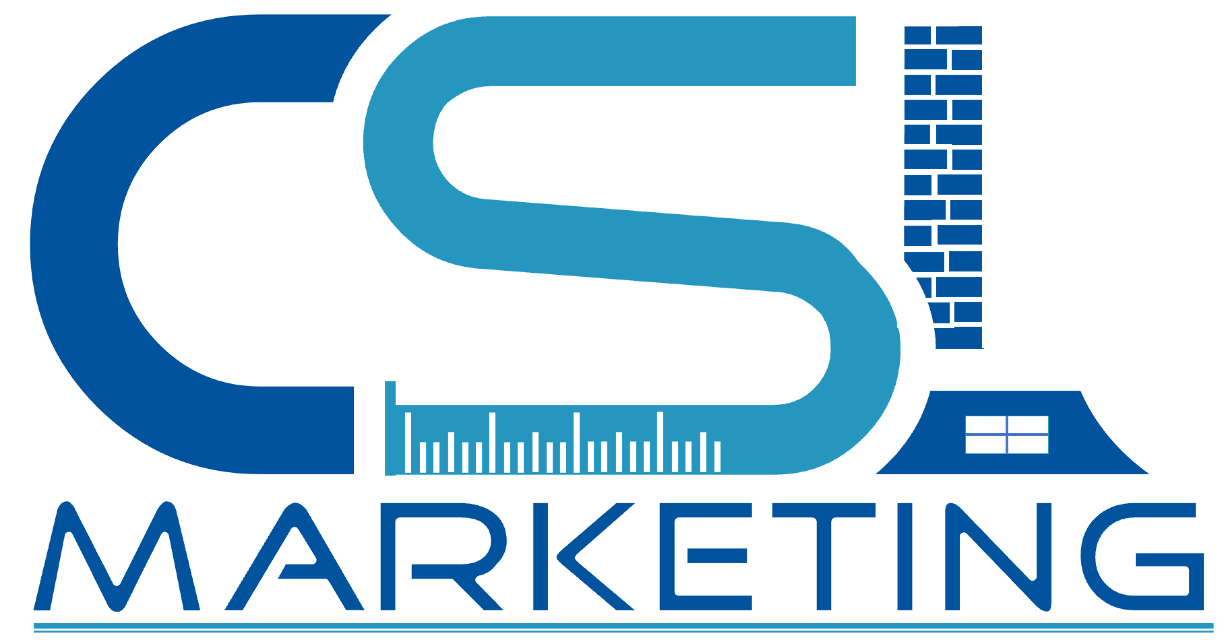For construction industry companies and other skilled businesses, developing a plan that enables you to grow your business efficiently has become critical. Over the past two decades, marketing has undergone a transformative shift, gradually devolving from a “strategy” into a mishmash of disjointed tactics, each with its own distinct objectives.
Unfortunately, this fractured approach has led to conflicting priorities, ever-evolving algorithms designed to thwart manipulation and escalating customer acquisition costs.
In future posts we’re going to spend time outlining the most efficient way skilled businesses can build their brands and scale their businesses in today’s competitive digital environment. In today’s post we are going to outline some of the foundational elements that must be in place to accomplish this goal by creating a comprehensive marketing strategy.
For skilled businesses, this means having the infrastructure that will enable you to enhance your brand’s value, and win customers based on variables other than price. It means driving higher quality leads from consumers who are in the market to buy, and value the unique characteristics of your business. Ultimately, it means having being one step away from developing a series of systems that will create higher tickets, recurring customers and referrals. If you’ve already accomplished everything in these initial steps, kudos to you! We’ll expand upon these elements in future posts.
PART ONE – STRENGTHEN YOUR INFRASTRUCTURE
Note: If any of the following areas require attention, it’s imperative to prioritize fixing them or seeking assistance. The good news is there’s an abundance of free resources available to help you navigate these tasks (including CSL Marketing).
- ANALYTICS: First, your top priority is migrating to Google Analytics 4, officially saying goodbye to Universal Analytics, which will no longer be available after July 2023. Additionally, ensure all essential conversion tracking components are in place.
- CRM: Invest in a cost-effective customer relationship management (CRM) platform that facilitates lead management, automation, and securely stores contact information such as emails and phone numbers. There are many options available and, for lower budget companies, there are some cost-effective options that provide the necessary tools.
- CONVERSION TRACKING: Harness the power of tracking by determining the source of every incoming lead using website conversion tools and call tracking. Avoid relying solely on prospects for this information. The costs associated with implementing this type of tracking is minimal, so don’t overlook this pivotal step that serves as the linchpin for success.
- ONLINE PRESENCE: Ensure that your website is responsive to all devices, while also optimizing your Google Business Profile and social media channels. Ensure conversion tracking is in place for these platforms as well.
STEP TWO: ASSESS YOUR CURRENT POSITION
- ANALYZE CUSTOMER DATA: Dive deep into your Google Analytics data to uncover all of the invaluable insights regarding website traffic, its origin, visitor demographics, and conversion rates from visitors to leads and customers.
- DEVELOP YOUR MARKETING MATH: Calculate your average customer value and lifetime value. Determine your current customer acquisition cost using this formula: total monthly revenue divided by monthly marketing spend.
- ASK GOOD QUESTIONS: Conduct surveys among your existing customers to better understand the factors that led them to choose your services. Try to unpack their decision-making processes and ask about alternative options they considered. However, avoid relying on the old “how did you hear about us” question as a way to qualify the value of your marketing. The answers you get are notoriously wrong and / or misleading.
- ANALYZE YOUR MARKETING DATA: Perform a comprehensive “health check” to consolidate and benchmark the performance metrics of all your marketing channels. To the best of your ability, try to understand what all of your marketing data is telling you. Admittedly, this may present challenges, but it serves as the final preparatory step before embarking on the next section.
It’s important for businesses of all industries to having a handle on these important elements of any marketing strategy. For construction industry companies and other skilled businesses, it paves the way to reducing reliance on third party lead aggregators, lowering your cost of marketing and increasing margin. If you need any help, CLS Marketing is here to assist. Contact us anytime to schedule your complimentary consultation. We’ll help you build your marketing blueprint.

